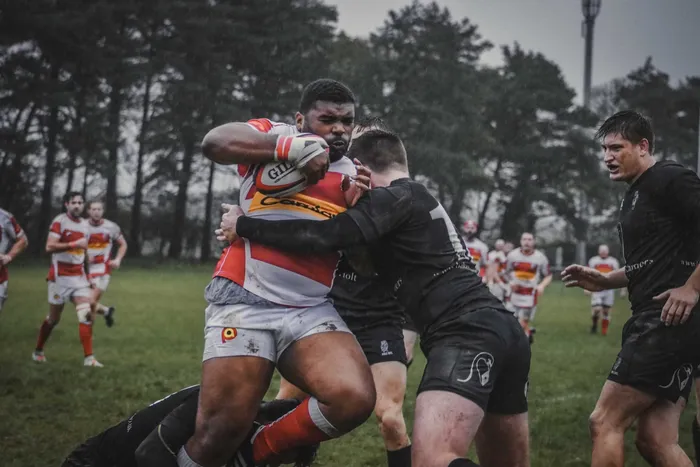Latest Trends in South African Rugby

Rugby in South Africa is moving with the times, but it still keeps its roots
Image: Supplied
Rugby in South Africa is moving with the times, but it still keeps its roots. Supporters who grew up with the Springboks or with Saturday school games will notice the changes. Some are in how the game is played. Others are in how it is shared and followed. Rugby is holding on to its tradition while trying new ways to grow. Diehard fans of the sport can access hollywood login to keep up with the latest trends.
Fans and Media
More people are watching the United Rugby Championship. Numbers are up compared to past years. Fans are not only watching live matches anymore. Many catch the highlights later or stream games online. This is part of a bigger trend in sport, where people want to watch when it suits them.
The Currie Cup is still strong. Even with fewer hours on TV, more people are tuning in to each game. That shows the pull of old rivalries. South Africans love their history in rugby, and the Currie Cup is still part of it.
Young Players and Coaching
The “Destination 2027” plan is focused on growth. The goal is to add more boys and girls to the game, especially from areas where rugby has been less available. Development is a clear focus, not just at elite schools.
The Under-17 Elite Player Development camp is back after the COVID break. It helps spot young talent early and prepare them for the demands of top rugby. This is about more than fitness. It also teaches how to handle pressure and expectations.
Safety is part of this plan, too. The BokSmart program has now trained more than 200,000 coaches and referees. It teaches safe ways to play and manage injuries. This shows how safety is now seen as part of the culture of rugby, not an afterthought.
Women’s Rugby and Inclusion
Women’s rugby is slowly building. Elite training camps for girls are being planned at the under-16 and under-18 levels. This mirrors the boys’ structures. The aim is to create a steady path from schools to professional play.
Inclusion is not only about gender. Rugby is reaching into new communities as well. Programs like VUKA, Iqhawe Week, and Get Into Rugby bring the game to kids who might not have had the chance before. Rugby is slowly starting to look more like the whole of South Africa, not just certain schools or towns.
Data and Standards
SA Rugby is now making more use of data. Officials want to know how many players there are, where they play, and how old they are. That information helps shape competitions and training.
One new move is the “tackle-age framework.” It sets a clear age when tackling should be introduced in practice and matches. This gives all provinces the same standard and reduces confusion.
Coaching and referee training are also being standardized. Provinces now follow the same basic structure. That means a coach or referee in Limpopo will be taught the same as one in the Western Cape.
Player Welfare
Injuries, especially to the head, are getting more attention. Research projects are tracking youth tournaments to see what types of injuries are most common. The findings help guide safer practices.
BokSmart and other programs push coaches and referees to teach safe techniques. Medical checks and rest periods are also being stressed. Some of the science is still debated, but the culture has shifted. Welfare is now seen as the base of the game, not just an extra.
Ongoing Issues
Growth in women’s rugby is happening, but the gap with the men’s game is still wide. There is less funding, fewer coaches, and less exposure.
COVID still left scars. Some young players missed out on key years of development. Not every school or union has been able to catch up.
Safety at school level is another worry. While top schools can run strong medical support, smaller schools do not always have the same resources. That means uneven levels of safety across the country..
Final Thoughts
South African rugby is changing but staying familiar. The Currie Cup, the Springboks, and school rivalries still matter. But alongside them are new ideas about safety, inclusion, and data. The balance is not perfect, but rugby is adapting to today while keeping the heart of yesterday.